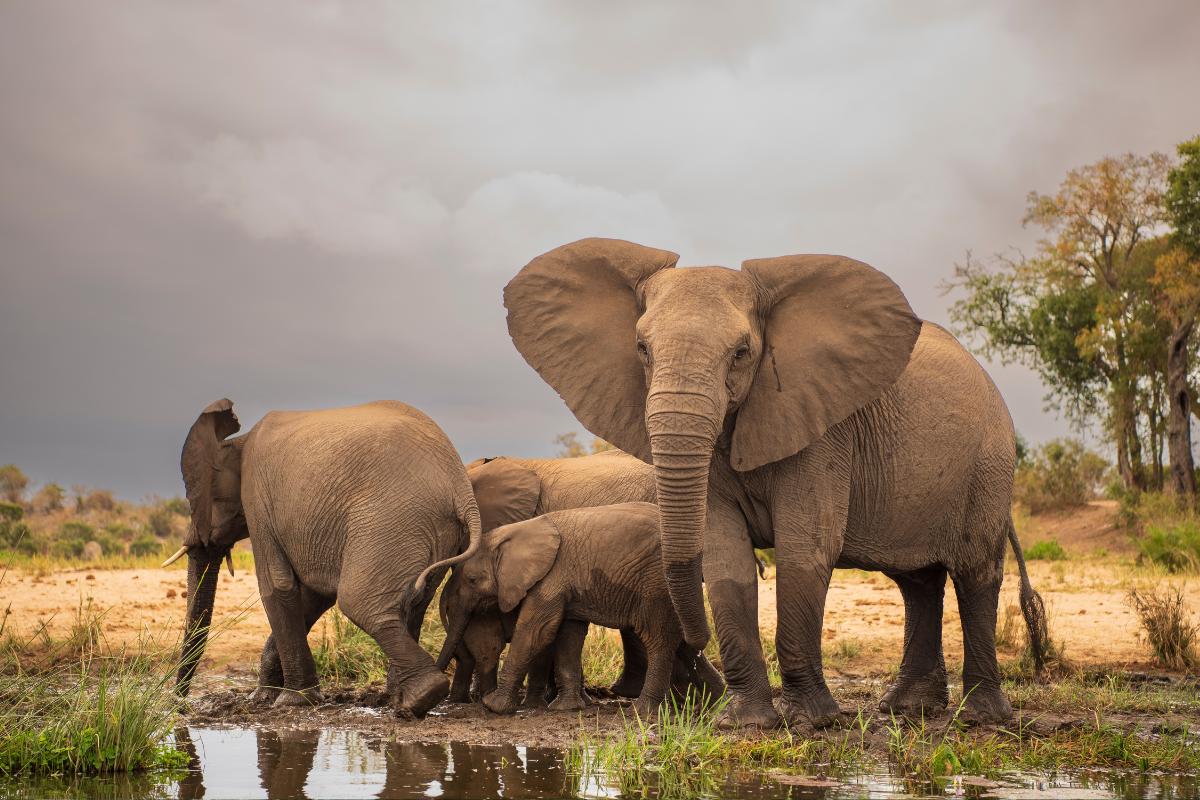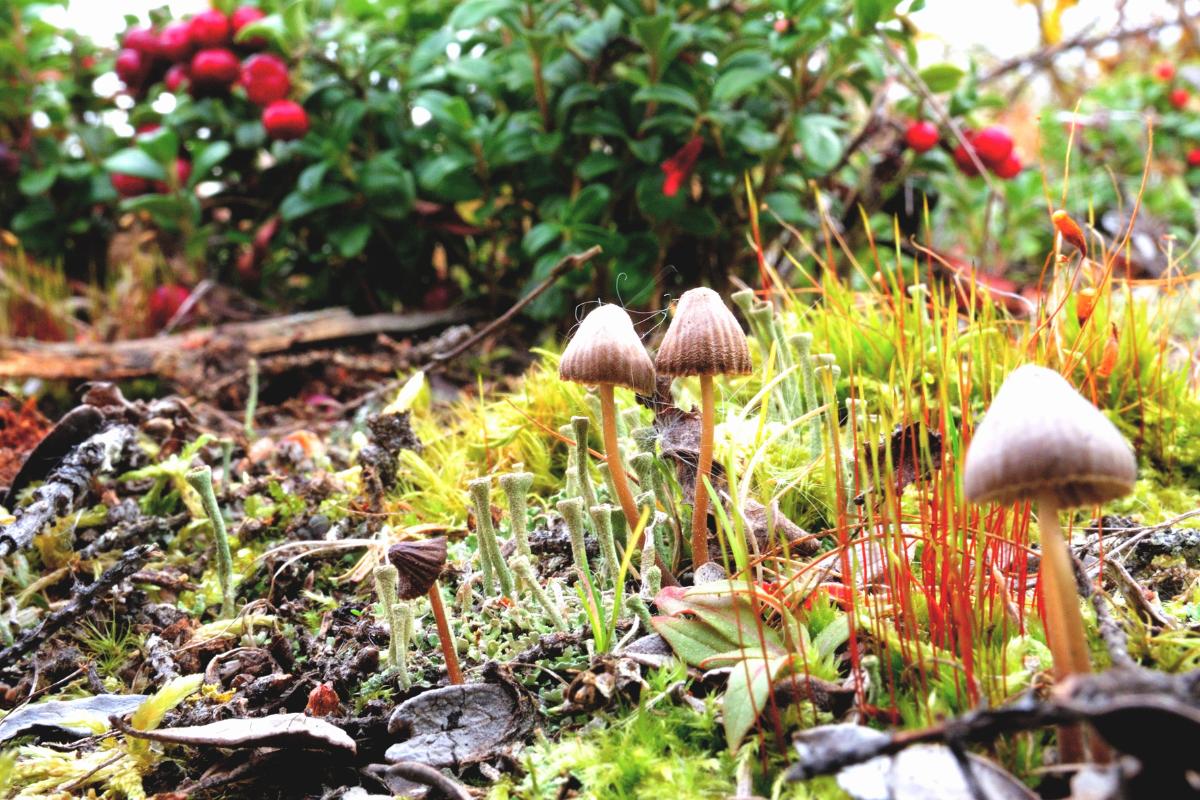What Are the Environmental Factors in Ecology?


Environmental factors are the building blocks that shape life on Earth, determining how organisms survive, adapt, and interact within their ecosystems. From the physical and chemical conditions that create habitats to the complex web of relationships between living things, these factors work together to maintain ecological balance. Understanding the challenges and opportunities presented by the environment is essential for comprehending the distribution and survival of species.
In this article by thedailyECO, we examine what these environmental factors are in ecology, as well as how species respond to these pressures through adaptation and evolution.
What are environmental factors?
Environmental factors are the physical, chemical, and biological elements in an ecosystem that affect living organisms and their interactions. These factors shape how organisms develop, survive, and adapt within their habitats.
Environmental factors fall into two main categories:
- Abiotic factors: refers to the non-living, physical and chemical components of the environment, such as temperature, light, water, soil composition, and atmospheric pressure.
- Biotic factors: refers to the living components of an ecosystem and their interactions, including all forms of life from microorganisms to plants and animals, as well as processes like competition, predation, and symbiosis.
This foundational concept in ecology helps explain how ecosystems function and why organisms behave and adapt in specific ways within their environments. From shared ancestors to distinct species, learn more about how environmental pressures shape evolutionary paths in our article about divergent evolution.
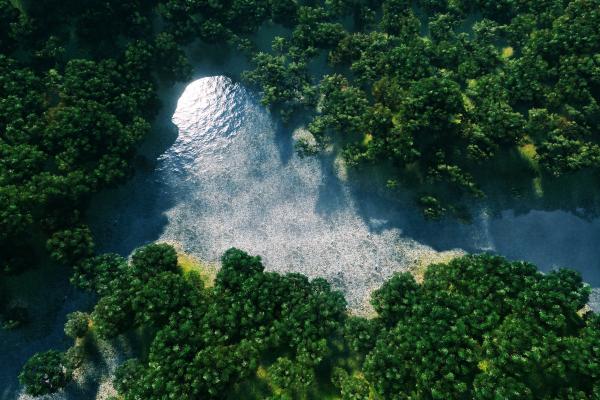
Abiotic environmental factors
Abiotic factors constitute the non-living components of an ecosystem that influence organism survival and ecosystem function. These factors can be categorized into several key groups:
Climate factors:
Temperature, precipitation, solar radiation, humidity, and wind patterns shape ecosystems and influence species distribution. These factors create distinct biomes and determine which organisms can thrive in specific areas. For example, temperature variations can trigger responses like hibernation or migration.
Geological factors:
The physical structure and chemical composition of soil and rock formations affect ecosystem development through:
- Soil texture and structure (clay, silt, sand ratios).
- Mineral composition and availability.
- Topography and terrain features.
- Rock weathering processes.
- Geological activity (volcanism, erosion).
As plants establish themselves based on available minerals and organic matter, they in turn support animal populations. Meanwhile, the land's physical features, such as slopes and elevation changes, channel water and nutrients in ways that create distinct habitat zones.
Hydrological factors:
Water availability and distribution patterns influence ecosystem dynamics through:
- Precipitation patterns and water cycle.
- Groundwater availability.
- Soil moisture content.
- Flooding frequency and intensity.
- Drought occurrence and duration.
- Water table depth.
Water moves through ecosystems in multiple forms. As rain falls, it either flows across the surface or seeps into the ground, while soil moisture acts as a bridge between surface and groundwater systems. These water movements, along with the periodic occurrence of floods and droughts, establish patterns that organisms must adapt to.
Chemical factors:
The chemical environment affects biological processes through:
- Dissolved oxygen levels
- Soil and water pH
- Nutrient availability (nitrogen, phosphorus, potassium)
- Salinity
- Presence of pollutants and toxins
- Carbon dioxide concentration
Chemical processes connect all parts of an ecosystem. For example, oxygen levels in water bodies set limits on aquatic life, while soil and water pH control how plants access nutrients. Furthermore, both natural and human-made substances flow through food webs, altering ecosystem function as they move from one organism to another.
Physical factors:
These fundamental forces and conditions include:
- Atmospheric pressure gradients.
- Altitudinal variations.
- Oceanic circulation patterns.
- Light intensity and photoperiod.
- Gravitational effects.
Basic environmental forces create the foundation for all biological processes. When atmospheric pressure changes with elevation, it affects both local weather and how organisms function. Similarly, ocean currents redistribute heat across the planet, while daily and seasonal light cycles guide organism behavior and development phases. Want to explore the broader impact of environmental systems? Discover why protecting our planet's intricate balance is essential for all life.
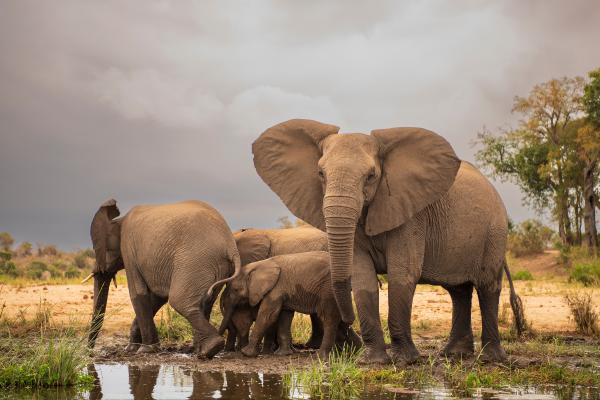
Biotic environmental factors
Biotic factors encompass all living organisms and their interactions within ecosystems. These interactions create complex networks that shape population dynamics and ecosystem stability.
Species interact through multiple mechanisms that affect their survival and reproduction. Competition drives organisms to vie for limited resources such as food, water, and territory. At the same time, predator-prey relationships control population sizes, preventing any single species from becoming too abundant. Some species form symbiotic partnerships, working together for mutual benefit, while others develop parasitic relationships that influence host population health.
Energy flows through ecosystems as organisms eat and are eaten, forming interconnected food chains that merge into larger food webs.
When changes occur in one species' population, the effects ripple throughout the ecosystem. A decrease in predator numbers often leads to increased prey populations, which then affects plant communities and other species that depend on those plants.
Microorganisms play an essential role in ecosystem function by regulating population sizes through disease. They break down organic matter, contribute to nutrient cycles, and influence where species can live. These microscopic interactions affect the health and distribution of larger organisms throughout the ecosystem.
Environmental factors function as an integrated system where living and non-living elements affect each other continuously. As we have seen before, factors such as temperature changes influence plant growth rates and insect reproduction cycles. Soil chemistry shapes plant communities, which then determines herbivore distribution patterns. Water availability affects both plant growth and animal migration, creating seasonal patterns of movement and behavior.
Ready to dive deeper into the differences between living and non-living environmental factors? Our comparison guide provides clear examples and explanations.
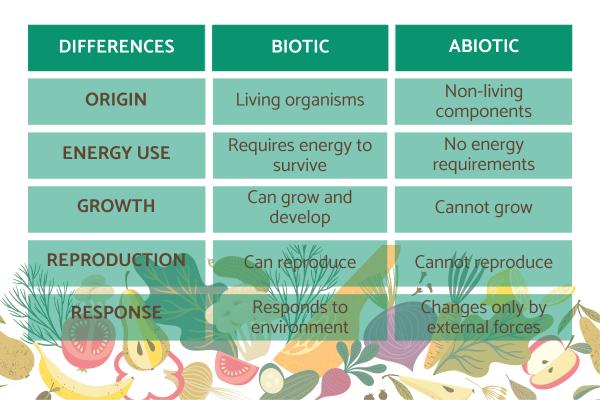
Key ecological processes influenced by environmental factors
Environmental factors drive ecological processes at every level, from individual organisms to entire ecosystems. These processes shape how life develops, adapts, and changes over time.
Population dynamics:
Temperature, rainfall, and food availability control how populations grow and decline. When environmental conditions are favorable, birth rates increase and death rates decrease, leading to population growth. During harsh conditions, such as drought or food scarcity, populations may shrink as survival becomes more difficult. These fluctuations create natural cycles that maintain ecosystem balance.
Ecosystem structure:
Sunlight and nutrient availability determine the distribution of producers like plants, which form the foundation of ecosystems. These primary producers support consumer populations, from plant-eating insects to top predators.
Decomposers then complete the cycle by breaking down organic matter. The strength of these relationships depends on environmental conditions that affect each group differently.
Adaptation and evolution:
Environmental pressures drive species adaptation over generations. Desert plants, for example, have developed thick leaves and deep roots to cope with water scarcity. Mountain animals have evolved larger lungs to function in low-oxygen environments. When conditions change too rapidly for adaptation, species must either migrate to more suitable areas or risk extinction.
Habitat formation:
The combination of environmental factors creates distinct ecosystems. Temperature and rainfall patterns determine whether an area becomes a forest, grassland, or desert. Soil type and water availability influence which plant species can grow, while terrain features create microhabitats that support specialized species. These factors work together to create and maintain the Earth's diverse environments.

Examples of environmental factors
As we have seen, environmental factors are powerful drivers of adaptation and survival. In this section, we will investigate how these factors shape the challenges and opportunities faced by organisms in different ecosystems, leading to the development of unique survival strategies.
Desert environment:
In the Sahara Desert, environmental pressures create specialized survival strategies. Examples include the Addax antelope (Addax nasomaculatus) has evolved broad, flat hooves that prevent it from sinking in sand. Meanwhile, the date palm (Phoenix dactylifera) extends its roots up to 150 feet deep to reach underground water sources.
Arctic environment:
Arctic environments demonstrate how organisms respond to extreme cold. Examples include the Arctic fox (Vulpes lagopus) changes its coat color seasonally (brown in summer and white in winter) for camouflage. Polar bears (Ursus maritimus) have developed thick layers of blubber and water-repellent fur to maintain body heat in sub-zero temperatures.
Rainforest environment:
The Amazon rainforest shows complex relationships between factors. The relationship between the Brazil nut tree (Bertholletia excelsa) and its pollinators is a great example of this complexity. These trees rely on large-bodied bees (Eulaema sp.) for pollination, while the bees depend on specific orchids for their mating rituals. The entire system requires precise temperature and rainfall patterns to function.
Marine environment:
Coral reefs display clear responses to environmental changes. The Great Barrier Reef corals (Acropora sp.) form symbiotic relationships with algae (zooxanthellae) that depend on specific water temperatures and light levels. Changes in these conditions can break down these partnerships, leading to coral bleaching.
Mountain environment:
As elevation increases, organisms show distinct adaptations. The snow leopard (Panthera uncia) has developed larger nasal cavities to warm cold air before it reaches the lungs. Alpine plants like the cushion plant (Silene acaulis) grow in compact formations to conserve heat and moisture while resisting strong winds.
Urban environment:
Even in cities, environmental factors shape species behavior. The European blackbird (Turdus merula) has adapted to artificial light by extending its feeding times, while urban trees like the London plane (Platanus × acerifolia) have developed resistance to air pollution.
Ready to explore how these environmental factors influence our planet? Discover the various ways human activities and natural processes affect our environment.
If you want to read similar articles to What Are the Environmental Factors in Ecology?, we recommend you visit our Environment (other) category.
- Smith, R.L. (1992). "Elements of Ecology." Harper Collins Publishers. [Link: https://www.pearson.com/en-us/subject-catalog/p/elements-of-ecology/P200000003065]
- Chapin III, F.S., et al. (2002). "Principles of Terrestrial Ecosystem Ecology." Springer. [Link: https://doi.org/10.1007/978-1-4419-9504-9]
- Molles, M.C. (2015). "Ecology: Concepts and Applications." McGraw-Hill Education. [Link: https://www.mheducation.com/highered/product/ecology-concepts-applications-molles-sher/]
- NASA Earth Observatory (2021). "Environmental Factors Affecting Global Ecosystems." [Link: https://earthobservatory.nasa.gov/features/]
- IPCC (2022). "Climate Change 2022: Impacts, Adaptation and Vulnerability." [Link: https://www.ipcc.ch/report/ar6/wg2/]







